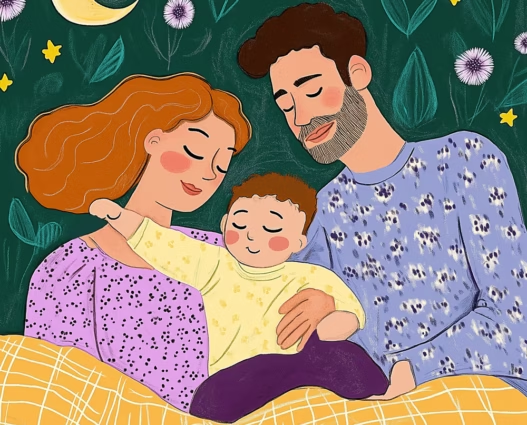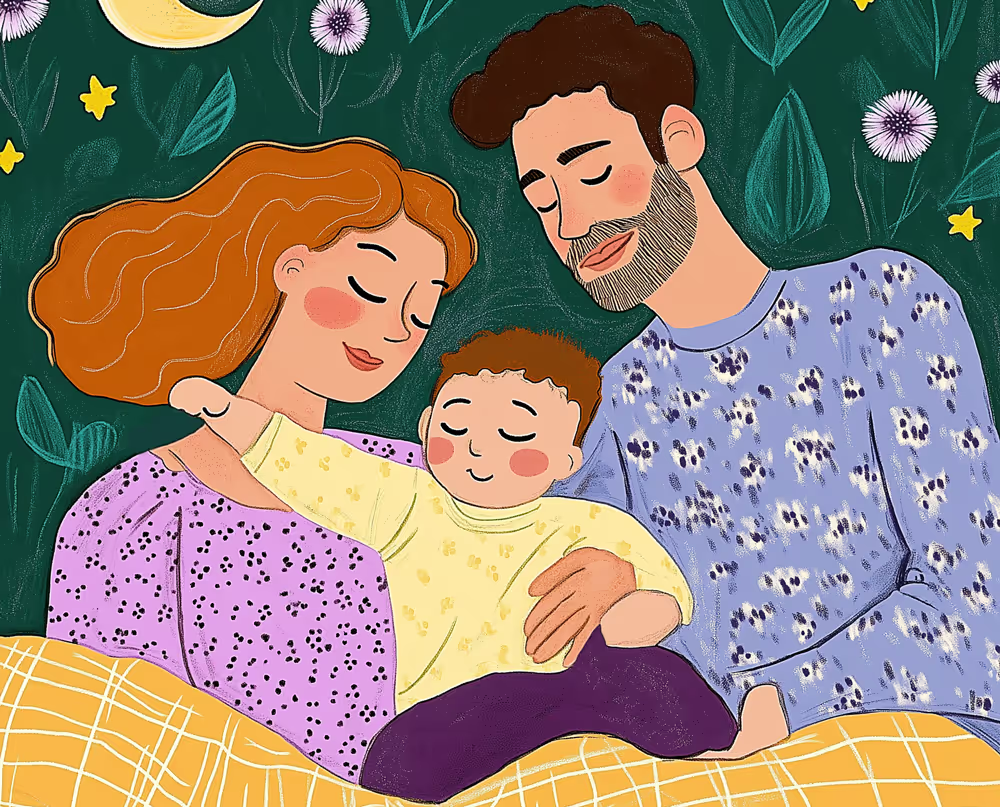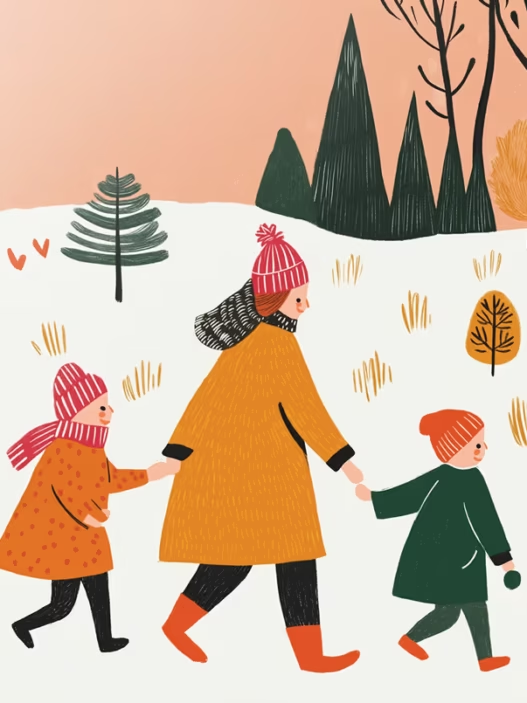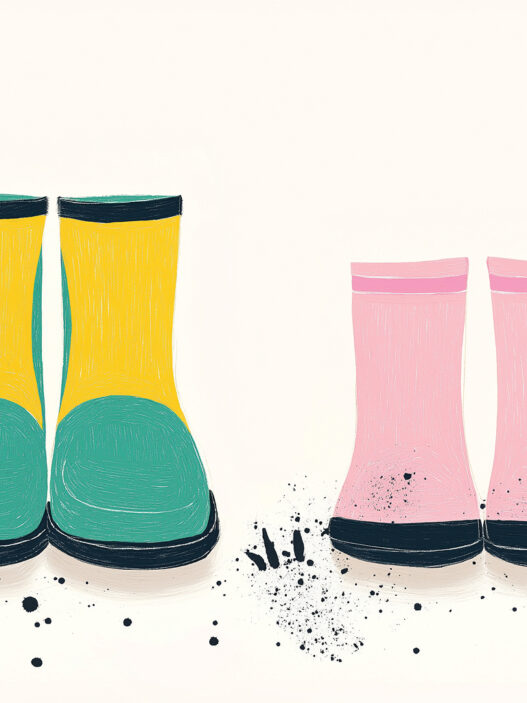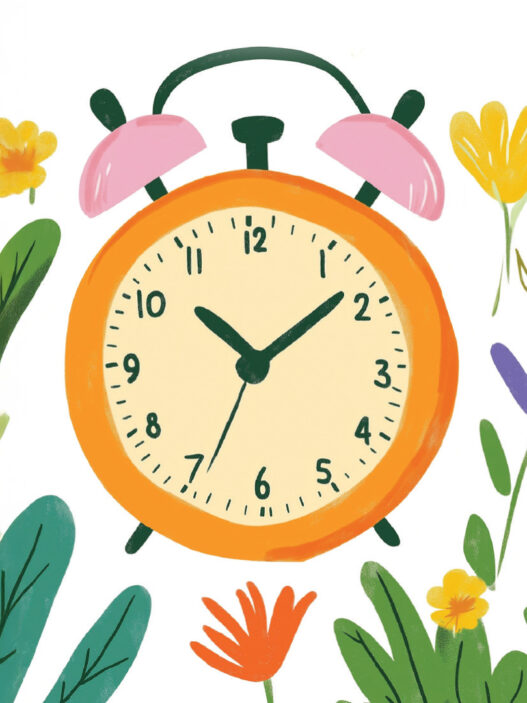What is Seasonal Effective Disorder?
Seasonal Effective Disorder (or SAD) is a type of depression that typically occurs during the autumn and winter when daylight hours are reduced. Symptoms can include fatigue, low energy, difficulty concentrating, irritability, changes in sleep patterns or appetite and persistent low mood. While adults are more commonly affected, children and teens can experience SAD too and it can have a significant impact on daily life.
Sleep’s role in combating SAD
As a Baby and Child Sleep Consultant, you won’t be surprised to hear me talk about sleep and how it is crucial for improving and maintaining our mental health. A lack of quality sleep can affect symptoms of SAD, while good sleep can help regulate mood and energy levels. Keep reading for some practical strategies to support healthy sleep habits and overall well-being during the darker months.
1. Consistent Sleep Schedule
Establish regular sleep and wake times. Consistency helps regulate our circadian rhythm (body’s internal clock), making it easier to fall asleep and wake up refreshed.
2. Get Outside!
Spend time outdoors during daylight hours, even if it’s overcast. Morning light is even better, as it helps regulate the production of melatonin (the sleep hormone) and boosts serotonin levels, which improve our mood.
3. Create a Sleep-Friendly Environment
Keep bedrooms dark, quiet, and cool at night, but let in as much natural light as possible during the day (unless babies and toddlers are napping.) Blackout curtains can be used at night, and light therapy boxes (speak to a health professional first) have been proven to help during the day.
4. Limit Screen Time Before Bed
Encourage a tech-free wind-down routine at least an hour before bedtime with calming activities like reading or drawing. This is especially important for babies and children to help their sleep all year round.
5. Regular Physical Activity
This not only boosts mood but also helps improve sleep quality. If this can be done outside – even better.
6. Incorporate Relaxation Techniques
Family mindfulness exercises, gentle yoga, or bedtime stories can create a calming routine that supports restful sleep for everyone.
Seeking help
If you are worried that you or a family member are experiencing SAD, please reach out for help and seek professional support through a GP or a mental health professional. Remember, you don’t have to navigate this alone. For more information on SAD, visit the NHS website.

